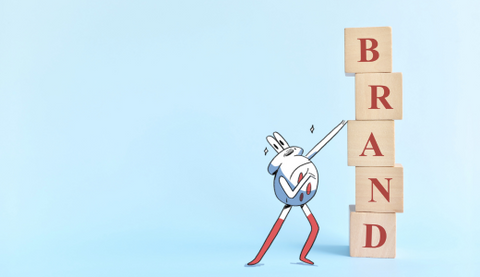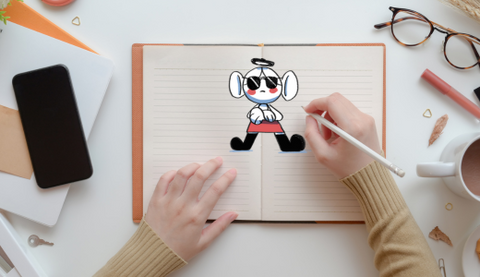This is an episode from Storyteller Tactics' marketing launch, written with Data Detectives and Cut to the Chase
Julie and Sohan are back.
Rachel is presenting her research. She starts with click through data in the existing app, plus consumer trends in food retail. She’s got three graphs up on the screen, showing spend patterns and - crucially - decision patterns.
“Let me ask you this,” she says, pausing the presentation. “How many of us in this room right now know what we’re having for dinner tonight?”
There’s a pause. Julie leans back and frowns, then looks across at Sohan. “Nah, no idea,” Sohan shrugs. “I don’t even know what I’ve got in my fridge, to be honest.”
“Right,” says Rachel. She switches back to presentation mode and pulls out her killer stat. “75% of consumers, when asked at 4pm what they’re going to have for dinner that night, say they don’t know. We’ve stopped planning meals, we’ve stopped doing weekly shops, we’re making it up as we go along. And that means we’re wide open to all kinds of influences.”
Now Rachel’s getting into the good stuff: a Black Box Theory of Behaviourism, with a bunch of studies showing how social context shapes Buyer Decision Processes. She’s in her element, but… she’s losing the room. Julie is shifting in her seat, Sohan looks bored.
“Ok, THIS is why I’m excited about this research,” says Rachel, ad-libbing. “Shopping in the real world is a social activity. It’s a place we define ourselves AND judge others” She tells them the story of Trolley Judging with Andi.
Julie gets it, Sohan is willing to be persuaded. They give Rachel the greenlight - go find some users and see if your instincts about social shopping stand up. What could trolley judging look like in our app? Now that’s a good question.
I used these two Story Tactics to finish Rachel’s story:
Data Detectives
Data is amazing, it gives us the big picture. You can zoom out and show how millions of people behave. But it’s hard to visualise, therefore hard to remember. What does a Buyer Decision Process look like?
You need to zoom in on one fact or one moment that represents the wider trend. Rachel turned her killer stat into a moment: “Do you know what you’re having for dinner tonight?” She turned abstract data into a story.
Cut to the Chase
In any live storytelling situation, you must watch your audience like a hawk. Any sign that you’re losing them, ditch your planned script and cut to the chase. Give them a key moment of action, a powerful emotion or a vital lesson.











